It’s not every day you get the chance to create a custom street art design on a classic Porsche 911 race car, so we took the opportunity back in 2020 to do just that.
We set up inside Carriageworks in Redfern with the car being completely wrapped before we kicked off.
Our Graffiti Art team building activity is designed to connect your staff with your company values, products, or conference themes through modern street art techniques. Not only is it an engaging way to promote teamwork and creativity, but it’s also an excellent way to create a custom art piece that reflects your key messaging.
Hidden Door Experiences
For over 15 years, Hidden Door Experiences has been working with Australia’s best graffiti artists to produce a creative team building activity like no other. Our activity takes just under two hours, and in that time, your team will go from art novices to brainstorming and producing their own piece of street art that can hang proudly in your office or home.
The experience starts with a general briefing and an introduction to our team of renowned Australian street artists who will help bring out your inner Banksy in no time. Your group will be broken into smaller teams of 10-12 people, and each team will work on their own blank canvas.
Our experienced facilitators will lead a creative session to discuss the theme and key messages that you want to incorporate into your artwork. The result is a one-of-a-kind masterpiece that reflects your team’s creativity and the message you want to convey.
And let’s not forget about the fun factor! The activity is designed to be interactive, engaging, and enjoyable. Your team will have a blast exploring their creativity and learning new skills in a relaxed, supportive environment.
So if you’re looking for a unique and creative team building activity, look no further than Hidden Door Experiences’ Graffiti Art.
It’s an excellent way to promote teamwork, creativity, and innovation in a fun and engaging way.
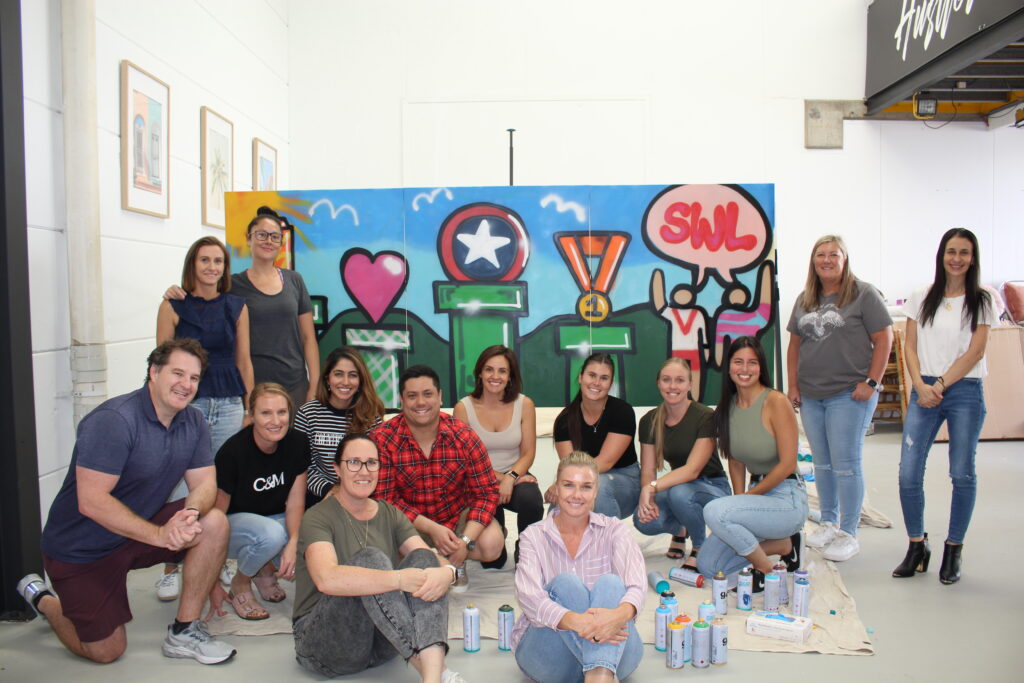
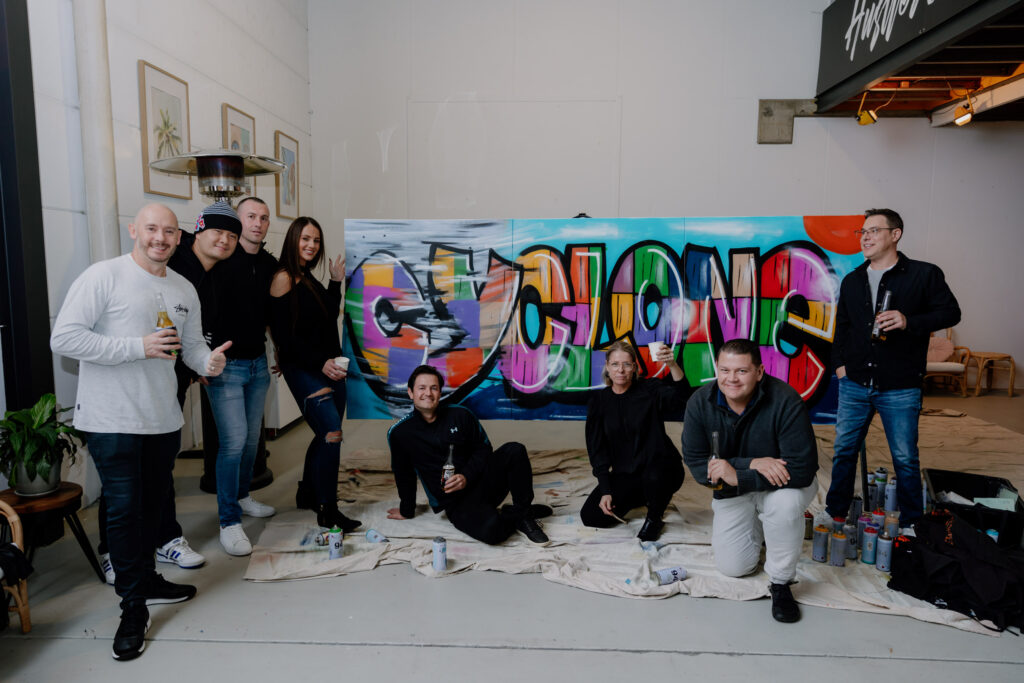
Origins of Graffiti
Graffiti is a form of street art that has been around for thousands of years, dating back to ancient civilizations such as the Greeks, Romans, and Egyptians. These early forms of graffiti were typically simple images or symbols scratched or carved into walls, stones, or other surfaces.
The word “graffiti” comes from the Italian word “graffito,” which means “scratched.” It was first used in the modern sense during the 1960s, when graffiti artists began to use spray paint to create larger and more complex designs on public walls and buildings.
One of the earliest known examples of graffiti dates back to ancient Greece, where graffiti was found on the walls of Pompeii, a city that was destroyed by the eruption of Mount Vesuvius in 79 AD. These graffiti were usually political or social messages that were written in Greek or Latin, and were often accompanied by drawings or illustrations.
In ancient Rome, graffiti was used to convey messages and information about everything from political campaigns to public events. Graffiti was also used as a way for soldiers to mark their presence in foreign lands, and as a form of expression for the lower classes who had no other way to make their voices heard.
During the Middle Ages, graffiti was often used by pilgrims visiting holy sites to leave messages of devotion or gratitude. Graffiti was also used by prisoners and soldiers to leave messages or marks on the walls of their cells or barracks.
It was not until the 20th century that graffiti began to be seen as an art form in its own right. In the 1960s and 1970s, graffiti artists in New York City began to use spray paint to create large-scale murals and designs on the city’s walls and buildings. These artists were often young people from low-income neighborhoods who saw graffiti as a way to express themselves and claim a space in a city that often ignored their voices and experiences.
The early graffiti artists in New York City were part of a larger movement known as hip-hop culture, which included DJs, MCs, and breakdancers. Graffiti quickly became an important part of hip-hop culture, and artists like Keith Haring, Jean-Michel Basquiat, and Futura 2000 became famous for their graffiti-inspired artwork.
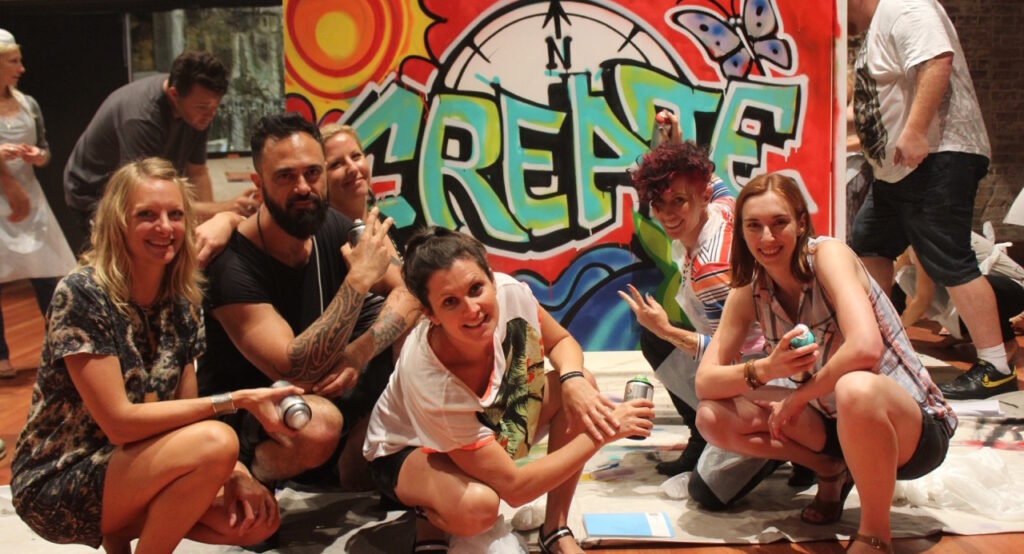
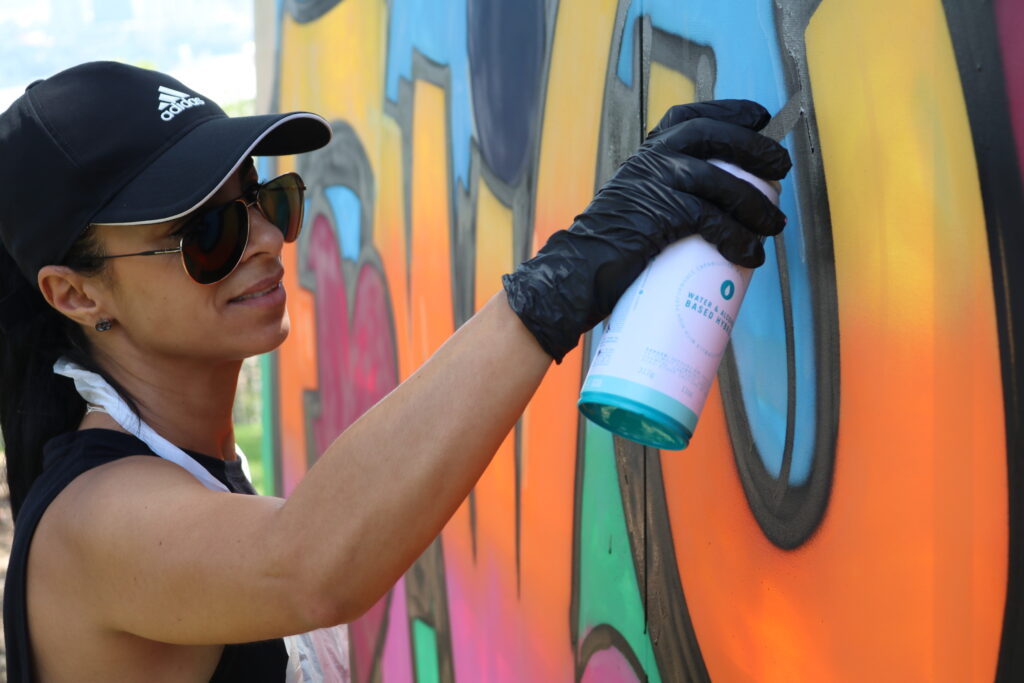
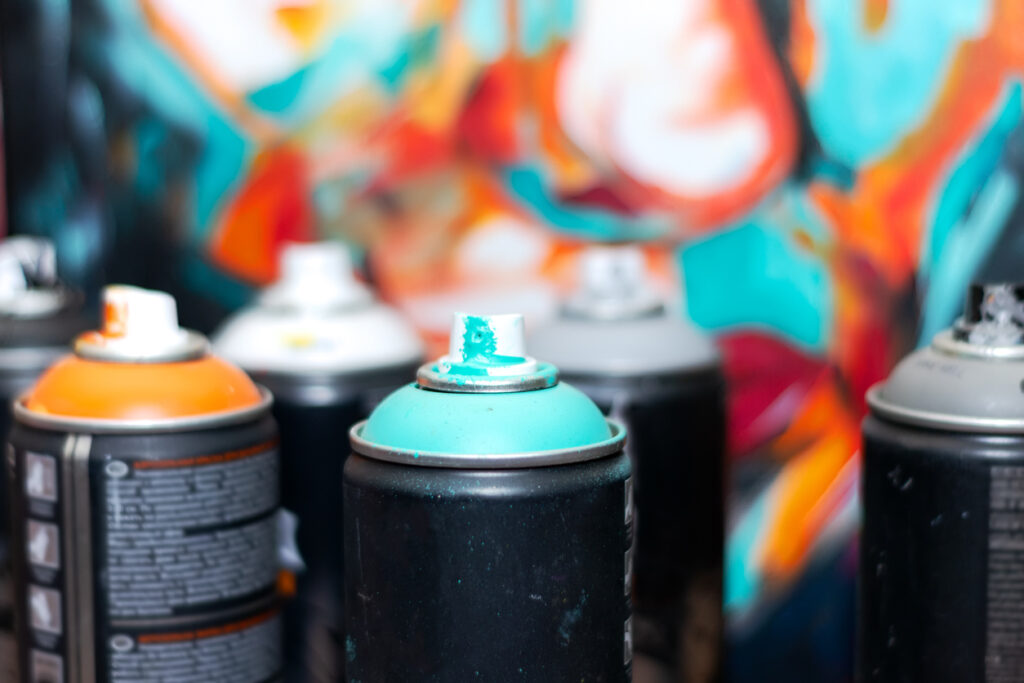
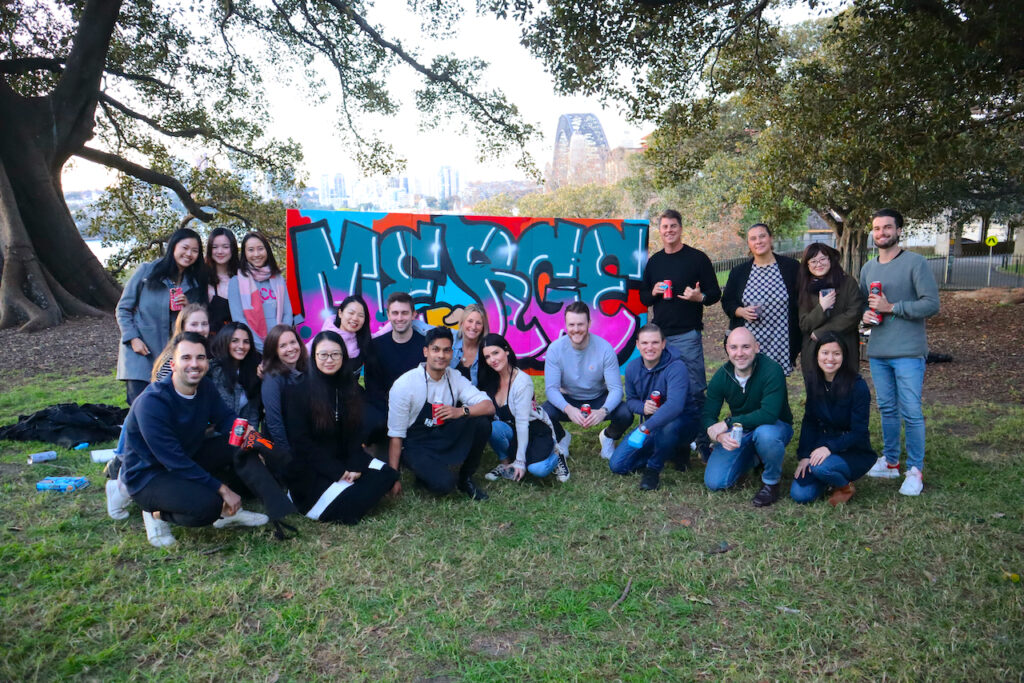
Evolution of Street Art
Today, graffiti can be found in cities and towns all over the world, and has evolved into a diverse and vibrant art form that encompasses everything from large-scale murals to smaller tags and stickers. Graffiti has also become an important tool for social and political commentary, with artists using their work to address issues like racism, inequality, and climate change.
Despite its evolution, graffiti remains a controversial art form, with many people viewing it as vandalism or a form of destruction. However, others see graffiti as a powerful tool for self-expression and community building, and believe that it can help to beautify and transform public spaces.
Street art in LA and street art NYC is now prized public art.
In conclusion, graffiti has a long and fascinating history that stretches back thousands of years. From its humble beginnings as scratched messages on ancient walls, to its modern incarnation as a vibrant and dynamic art form, graffiti has always been a way for people to express themselves and claim their place in the world. While graffiti remains a controversial and often misunderstood art form, it is clear that it will continue to be an important part of our cultural landscape for many years to come.

